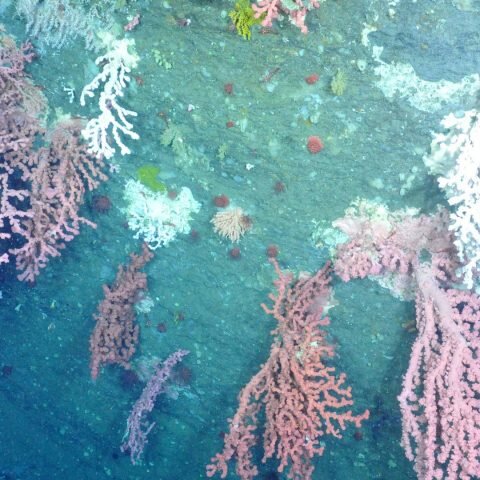
Arieanna Balbar, MSc Candidate
Dalhousie University, Department of Oceanography
I completed a Bachelor of Science with Honours from the University of Guelph with a major in Marine and Freshwater Biology and a Minor in Mathematical Science. My current research focusses on marine conservation and larval ecology. My previous experience includes work in an aquatic ecology lab studying endangered freshwater unionid mussels and participating in a field course at the Huntsman Marine Science Centre, where I completed an individual research project on crusher claw strength in green crabs.
Supervisor(s): Dr. Anna Metaxas
Start to Finish: 9/2016 to 8/2018
CHONe Project: 1.1.3 Population connectivity in designing networks of MPAs in practice
Project Title: Benefits of population connectivity and its inclusion in MPA network design
Project Description:
My research focuses on assessing the use of ecological population connectivity in the design of Marine Protected Area Networks (MPAN). I will determine the benefits and trade-offs, relative to other ecological criteria, associated with including population connectivity in the design process. Using Canadian test cases, I will obtain quantitative measures of connectivity in multiple species using the spatial management tool, Marxan as well as dispersal models. I will also be working with Marxan designers to expand the algorithm to include population connectivity. My research is important because ecological connectivity ensures the resilience of ecosystems and has added benefits to regional subsidies such as the export of primary productivity or individuals. Current criteria focus on economic and social goals because of historical conservation priorities. Evidence supporting the use of ecological criteria will aid in the shift towards selection of MPAN in ecologically unique and productive areas (e.g. fisheries and coastal areas).
Specific project/thesis aims are:
- Quantify the current use of connectivity in MPAN design.
- Compare methods of measuring connectivity to understand which methods are most useful in different scenarios (different species, data availability).
- Quantify population connectivity in case studies around Nova Scotia using dispersal models and Marxan.
My research will aid in the broader CHONe goals to investigate sustainability strategies by investigating connectivity, a strong indicator for population persistence and resilience. The goal of an MPAN is for the benefits of the entire network to be greater than the sum of its parts. Incorporating population connectivity into MPAN design will result in an ecosystem-based view of the seascape, taking into account cumulative impacts rather than looking at a single factor. In addition, empirical studies in Canadian waters will create a baseline of the current state of our oceans for comparison with further research. With this information, government and industry will be more prepared to cope with the changes in species distributions associated with a changing climate.

